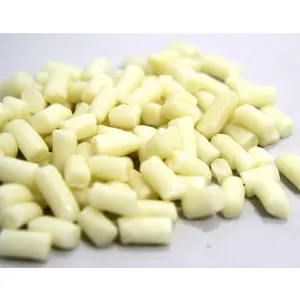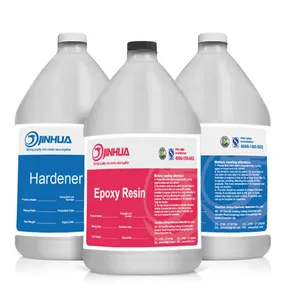Popular in your industry




























































































































































Top categories
About biogas flare
Understanding Biogas Flare Systems
Biogas flare systems are essential components in the management of biogas produced from organic waste decomposition. These systems are designed to safely combust excess biogas, which is a byproduct of the anaerobic digestion process. The primary constituents of biogas include methane, carbon dioxide, and trace amounts of other gases, which can be efficiently managed using a biogas flare system.
Components and Design of Biogas Flares
A typical biogas flare design incorporates several key components to ensure safe and effective operation. These include the flare stack, ignition system, flame arrestors, and control valves. The design is tailored to handle the variable flow rates and composition of biogas, ensuring complete combustion and minimal environmental impact. The digester flare is a specific type of flare used in conjunction with biogas digesters, often seen in wastewater treatment plants and agricultural settings.
Applications of Biogas Flares
Biogas flares are not just for waste management; they play a crucial role in energy recovery systems. By combusting methane-rich biogas, these flares convert a potent greenhouse gas into carbon dioxide and water vapor, significantly reducing the potential environmental impact. The energy released during this process can be harnessed and used for various applications, including heating and electricity generation, making the varec biogas flare an integral part of renewable energy solutions.
Advantages of Utilizing Biogas Flare Systems
The use of a biogas flare system offers numerous advantages. It provides a controlled method for disposing of excess biogas, which is crucial for maintaining safety in biogas-producing facilities. Additionally, these systems are designed for energy-efficient operation, contributing to the conservation of energy and reduction of operational costs. The varec flare, for instance, is known for its reliability and efficiency in various industrial applications.
Selection Criteria for Biogas Flares
Selecting the appropriate biogas flare involves understanding the specific needs of a project. Factors such as biogas composition, flow rate, and the presence of impurities like hydrogen sulfide and siloxanes must be considered. The system's capacity to handle these variables without compromising performance is crucial. Suppliers on Alibaba.com offer a range of biogas flares, each with detailed technical specifications to aid in the selection process.
Environmental Impact and Sustainability
Incorporating a biogas flare into waste management and energy systems reflects a commitment to environmental sustainability. By converting biogas into less harmful emissions, these flares help mitigate the impact of greenhouse gases. Furthermore, the renewable nature of biogas as a fuel source underscores the sustainable benefits of integrating a biogas flare into energy conservation strategies.























































